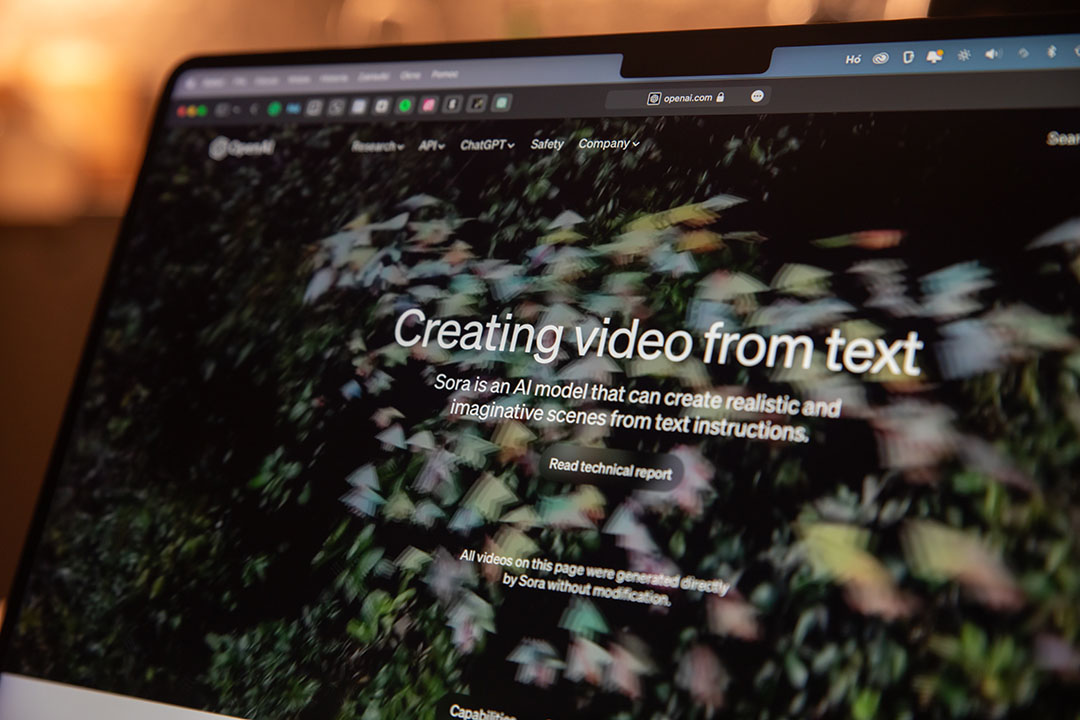A long time ago in a time in a laboratory far, far away, a small team unpacked a shiny new server and ran their media software. Discovering that they could get standard definition video to decode and encode at almost real time, the transcode market was born. Thanks to Moore’s law and a little performance optimization, things progressed rapidly and, for a little over a decade, the bulk of the transcoding market was all about getting the codecs right.
The rise of online services
The rise of online services, the move from tape delivery to file delivery and an increased focus on efficiency and cost savings has changed the transcode landscape forever. We’ve moved from a focus on codecs to a focus on the industrial manufacture of deliverables to satisfy a media business. So what does that mean in practice, and what is the outlook for the future?
As a long time, high quality transcoder manufacturer, we see a change in the way our customers are engaging with us and a change in the way the humble transcoder is viewed within the business. A decade ago, the transcoder was a necessary evil because different companies could not agree on common formats. The transcoder is now seen as a business tool for optimizing the content for different customers to maximize revenue. It is rare to see a “simple” transcode job nowadays. We often see jobs where bumpers are being added to the start and end of material, extra audio channels are being added and / or replaced. Captions are a BIG deal. The insertion / extraction and replacement of captions is increasingly an area where significant cost savings can be made.
What mezzanine format should I use?
A decade ago, the big decision for a media company was “What mezzanine format should I use?” The choices were limited to variants of MPEG2, DV or JPEG2000. Today that choice is still critical, but in addition to optimizing CPU usage, storage, network bandwidth and I/O loading, there is also the question of optimizing the versioning capability of the mezzanine. With captioning and versioning becoming a critical business function, it is worth considering what caption mezzanine should be used. In my opinion, the only viable choice is a TTML variant and that almost certainly means either an EBU-TT variant or an IMSC1 variant. Caption mezzanine workflows are pretty rare today, but continued downward pressure on pricing makes them inevitable.
It’s worth remembering that a good choice of mezzanine can dramatically improve business efficiency and that workflow islands can use different mezzanines if there is no dependency on those mezzanine formats in upstream workflows. Upstream workflows may be tied to editing format mezzanines, but the distribution and archive portions of the business can improve flexibility by considering new formats like IMF as the mezzanine for future transcoding. It is gaining a lot of traction and there are definitely more companies attending “interoperability events” (such as the UK’s DPP events) than a couple of years ago.
The future of transcoding
If the future of transcoding is becoming more business oriented, then the transcoding engines themselves are migrating to have split personalities. There will always be the high speed calculation engine that optimizes the use of the underlying hardware. Anyone who has tried to encode High Dynamic Range UHDTV 120fps video on a 5-year-old laptop will have an intimate knowledge of a progress bar that moves like an aged tortoise through setting concrete. In addition to that engine will be a workflow controller of some kind where bespoke business logic can be quickly and easily implemented. This is key for the users of the transcoder to move quickly and efficiently and to harness the underlying power of the transcode engine.
What is the future of transcoding? I think that it is very healthy and that the media conversion tool will be with us for a long time. The high power processing element of the transcoder will be hidden from view and the business functionality of optimizing media for consumption by businesses and consumers alike will be the way in which the humble transcoder is viewed.
If you’re coming to SMPTE’s IMF interoperability event in Amsterdam, then I will see you there between my moderation duties. If not, then keep reading this blog for more news of good stuff from the Dalet Academy.
Until next time.
Bruce
P.S. No tortoises were harmed in the writing of this blog.
Go further with the Future Series
– The Future of Ingest
– The Future of Media Asset Management




